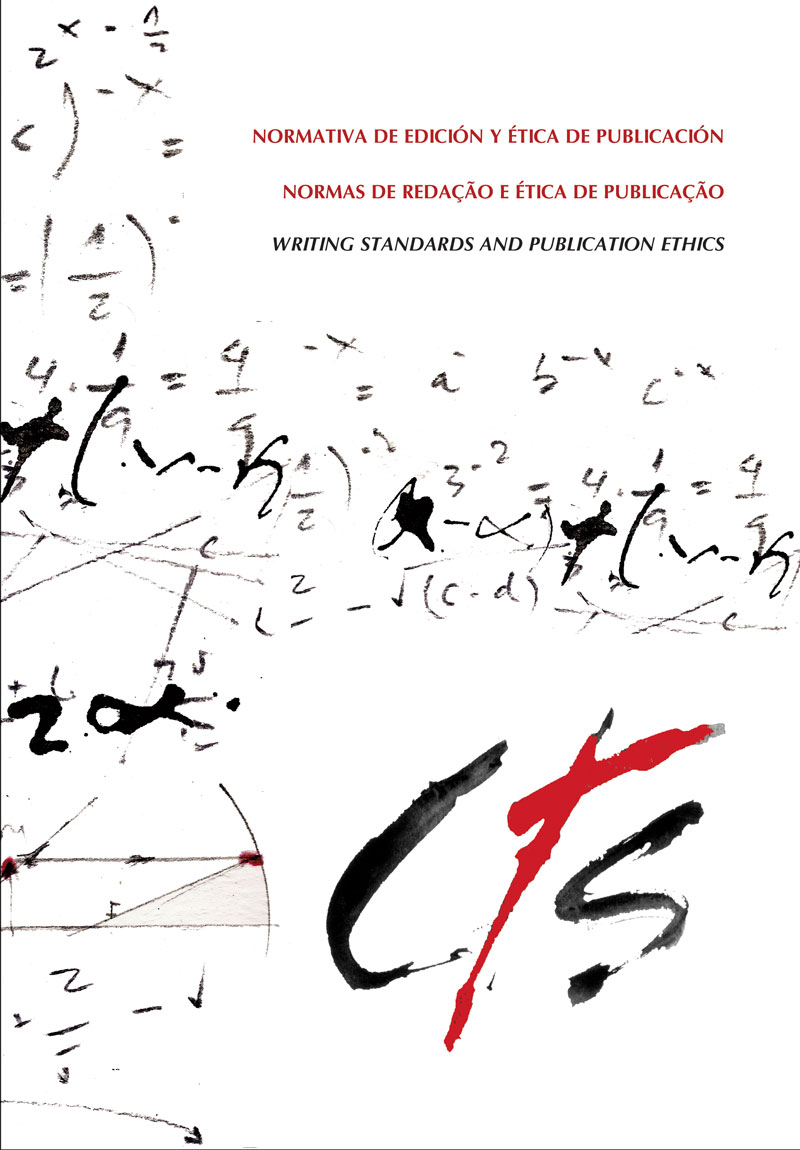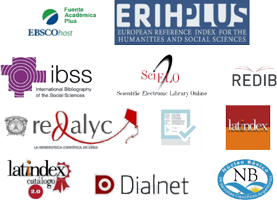The Decision to Emigrate or Return
The Perception of Differences between Scientific Systems in International Scientific Trajectories
DOI:
https://doi.org/10.52712/issn.1850-0013-529Keywords:
internalization of science, scientific trajectories, family planning, social innovation networks, scientific cultureAbstract
Scientific mobility is conditioned by the availability of material infrastructures and the prestige of national scientific systems, but the decision to migrate is not automatic; it involves an appreciation of the differences derived from these conditions and their implications for one’s own professional trajectory. Studies on highly skilled migration and scientific exodus highlight the confluence of structural and psycho-social dimensions that explain the decision to migrate. By reconstructing international scientific trajectories, this article analyses the structural and psycho-social factors related to the decision to migrate at two points in time: 1) the migrant’s initial perception of the differences between the situation in the country of origin and that in the country of destination, as well as the potential impact of international mobility on his or her career path; 2) after settlement (temporary, permanent or recursive), the comparison of his or her development prospects in different countries. The remembrance and discussion of development perspectives revealed the centrality of dependency relations and interconnectedness to the wider environment -family, social, political- and contingencies, both in the country of origin or return -Argentina- and in the destination countries: Germany and Spain.
Downloads
References
Bomchil, G. (2022). Ciencia, tecnología, militancia por los derechos humanos. Ciencia e Investigación. Reseñas, 10(2), 23-34.
Bourdieu, P. (1999). La Ilusión biográfica. Razones Prácticas. Barcelona: Anagrama.
Braslavsky, S. (2022). Entrevista con la Dra. Silvia Braslavsky, química, investigadora del Instituto Max-Plank de Química de Radiaciones. Recuperado de: https://www.academicxsenriesgo.org/blog/2021/01/22/nueva-convocatoria-del-iie-srf-becas-para-para-investigadorxs-amenazadxs/.
BuWiN (2017). Statische Daten und Forschungsbefunde zu Promovierenden und Promovierten in Deutschland. Wichtige Ergebnisse im Überblick. Bertelsmann Verlag GmbH.
BuWiN (2021). Statische Daten und Forschungsbefunde zu Promovierenden und Promovierten in Deutschland. Wichtige Ergebnisse im Überblick. Bertelsmann Verlag GmbH.
European Commission (2021). She Figures. Gender in Research and Innovation. Statistics and Indicators. Luxemburgo: Publications Office of the European Union.
Grinberg, L. & Grinberg, R. (1984). ¿Quiénes migran? En Psicoanálisis de la migración y del exilio (28-37). Madrid: Alianza Editorial.
Haraway, D. (1991). Simians, Cyborgs, and Women. The Reinvention of Nature. Nueva York: Routledge.
Jabbaz, M., Gil Junquero, M. & Soler Julve, I. (2022). Informes de impacto de género en la normativa universitaria. Herramientas para su implementación en la Universidad de Valencia. Unitat d’Igualitat. Valencia: Universidad de Valencia.
Kreimer, P. (1997). Migration of Scientist and the Building of a Laboratory in Argentina. Science, Technology & Society, 2(2), 229-259.
Lange, J. & Ambrasat, J. (2022): Familie, Karriere oder beides? Die spezifischen Vereinbarkeitsprobleme im Wissenschaftsbereich. En S. Korff, I. Truschkat (Eds.), Übergänge im Wissenschaftskarrieren. Ereignisse - Prozesse – Strategien (95-123). Springer Verlag.
Lozano, C. & Domínguez Mon, A. (2020). La profesionalización de las mujeres en el campo de la educación y la salud pública en Argentina y en Alemania. Buenos Aires: Universidad de Buenos Aires.
Mármora, L. (1998). Políticas y programas de migraciones de recursos humanos calificados. En J. Charum & J. B. Meyer (Comps.), El nuevo nomadismo científico. La perspectiva latinoamericana (30-59). Bogotá: Unidad de Publicaciones de la ESAP. Recuperado de: https://horizon.documentation.ird.fr/exl-doc/pleins_textes/2021-08/010014972.pdf.
Merleau-Ponty, M. (1994). Fenomenología de la percepción. Barcelona: Ediciones Península.
Oteiza, E. (1998). Drenaje de cerebros Marco histórico y conceptual. En J. Charum & J. B. Meyer (Comps.), El nuevo nomadismo científico. La perspectiva latinoamericana (62-83). Bogotá: Unidad de Publicaciones de la ESAP. Recuperado de: https://horizon.documentation.ird.fr/exl-doc/pleins_textes/2021-08/010014972.pdf.
Pereyra, A., Forciniti, L., Podhajcer, P., Villegas, M. & Vizzoline, H. (2022). Plan Nacional de Ciencia, Tecnología e Innovación. Buenos Aires: MINCYT. Recuperado de: https://www.argentina.gob.ar/sites/default/files/plan_nacional_de_cti_2030.pdf.
Programa RAICES Argentina (2021). Testimonios repatriados. Recuperado de: https://www.youtube.com/channel/UCYYK_3FXHIbPPKUvfJFoWMA.
Rabossi, M. & Guaglianone, A. (2020). Las políticas de internacionalización universitaria en la Argentina: Movilidad estudiantil y producción científica. Revista Iberoamericana de Estudos em Educacao, Araraqua, 15(4), 2556-2576.
Tenti Fanfani, E. (2022), Ensayo de autobiografía académica. Ciencias e Investigación. Reseñas, 10(2), 78-85.
Vessuri, H. (1998). La movilidad científica desde la perspectiva de América Latina. En J. Charum & J. B. Meyer (Comps.), El nuevo nomadismo científico. La perspectiva latinoamericana (99-113). Bogotá: Unidad de Publicaciones de la ESAP.
Vessuri, H. (2007). "O inventamos o erramos". La ciencia como idea-fuerza en América Latina. Bernal: Universidad Nacional de Quilmes.
Yaccar, M. D. (2021). RAICES: el programa ya logró el retorno de 79 científicos del exterior. Página/12. Recuperado de: https://www.pagina12.com.ar/378980-raices-el-programa-ya-logro-el-retorno-de-79-cientificos-del.
Downloads
Published
How to Cite
Issue
Section
License
Copyright (c) 2023 CC Attribution 4.0

This work is licensed under a Creative Commons Attribution 4.0 International License.
All CTS's issues and academic articles are under a CC-BY license.
Since 2007, CTS has provided open and free access to all its contents, including the complete archive of its quarterly edition and the different products presented in its electronic platform. This decision is based on the belief that offering free access to published materials helps to build a greater and better exchange of knowledge.
In turn, for the quarterly edition, CTS allows institutional and thematic repositories, as well as personal web pages, to self-archive articles in their post-print or editorial version, immediately after the publication of the final version of each issue and under the condition that a link to the original source will be incorporated into the self-archive.











